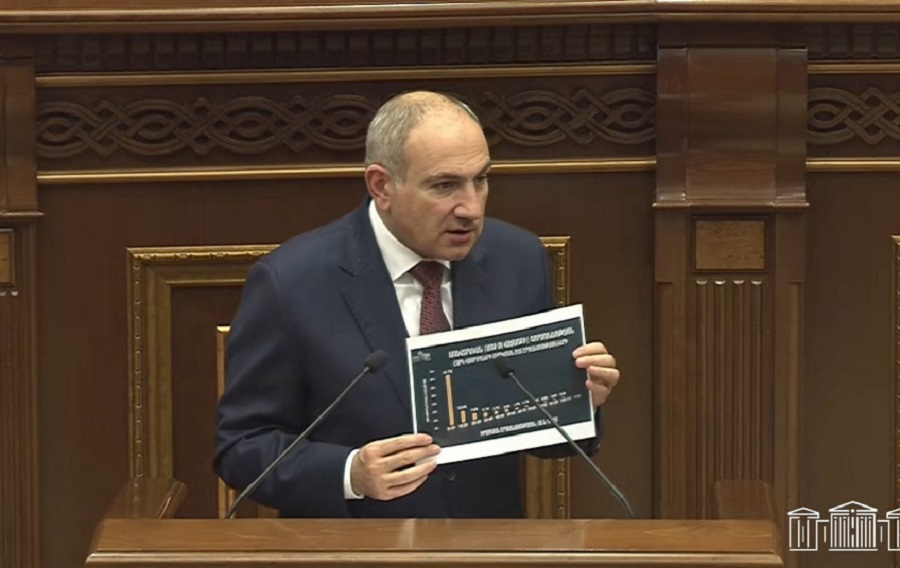“ACNIS ReView from Yerevan” . The question-and-answer sessions between the National Assembly and the Government have recently become unprecedentedly intense, almost always escalating into a controversial incident or, as is commonly referred to in such cases, a scandal. Not to mention the occasional episodes when the sparks of scandal can ignite into a “flame,” prompting the people’s representatives to unleash their fists. The instigators of the disputes and fights are usually members of the ruling political force, the “Civil Contract” faction, who not only outnumber the opposition twofold but also enjoy significantly greater privileges, allowing them to “teach lessons” to critics of the government.
Since the beginning of this year, thankfully, things have not escalated to physical altercations, but every Wednesday—when the National Assembly-Government question-and-answer session takes place—scandals are inevitable. Especially on the days when the person occupying the prime minister’s chair is present, which, as luck would have it, is always. In the past, the country’s top officials rarely appeared in the National Assembly. Answering parliamentary questions was primarily the responsibility of government members, department leaders, or specialists, with an additional representative invited from the president’s residence if necessary.
Now, the order has changed. Nikol Pashinyan apparently cannot envision his life without the National Assembly tribune, from which, over the past seven years, more “floods” of lies, manipulations, and insults have poured than in the previous 30 years combined. During Pashinyan’s tenure, the parliamentary question-and-answer platform has never served its intended purpose. Opposition questions are typically posed as challenges, while Pashinyan’s answers are delivered as threats. The Wednesday session on May 7, which we closely followed, was a vivid testament to this.
The behavioral and facial transformations of the mentioned individual warrant serious psychoanalytical research. Initially, he was calm—or at least spoke on topics that, in some sense, seemed natural. For example, ruling out snap parliamentary elections: on the one hand, this was an indirect response to the opposition’s discussions on impeachment, which were among the key issues in domestic politics at the time; on the other hand, it was a signal to his team, indicating there was no need to worry too much about losing power, as a one-year pre-election period would be enough to iron out all difficulties.
Then, Pashinyan gradually began to grow agitated and enraged, particularly when he revisited one of his recurring themes—the obsessive idea of inviting the three former presidents to a debate. He knows full well that none of the presidents takes him seriously, as they all have made it clear that they have nothing to debate with a “national calamity.” Especially after the loss of Artsakh: once it’s been surrendered, there is no longer any subject for debate. What is the point of debating when there is nothing left? It is evident that this theme is merely a pretext to portray himself as daring—someone who boldly challenges others to face him in a public debate.
But the main scandal unfolded when opposition MP Anna Grigoryan posed a targeted question about corruption to Pashinyan. At that point, he lost his composure, unleashed a barrage of threats against the opposition, and stormed off the tribune. And before leaving, he declared a “verdict” that the opposition belongs in the NSS basement, that they have no place in the National Assembly, and so on. There is nothing surprising about the fact that a question related to corruption stirred up his rage. This is the man who came to power with clear promises to eradicate corruption and graft, but as it turns out, not only has he broken that promise, but he and his team are now knee-deep in the mire of corruption themselves.
The Armenian Center for National and International Studies
